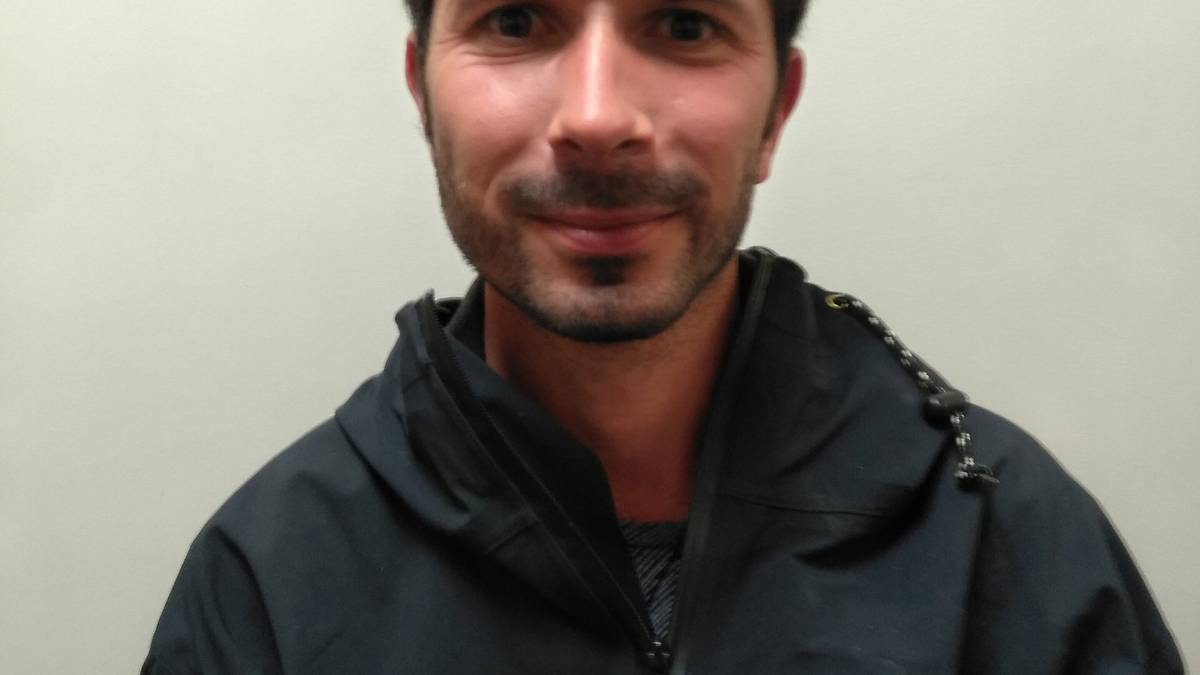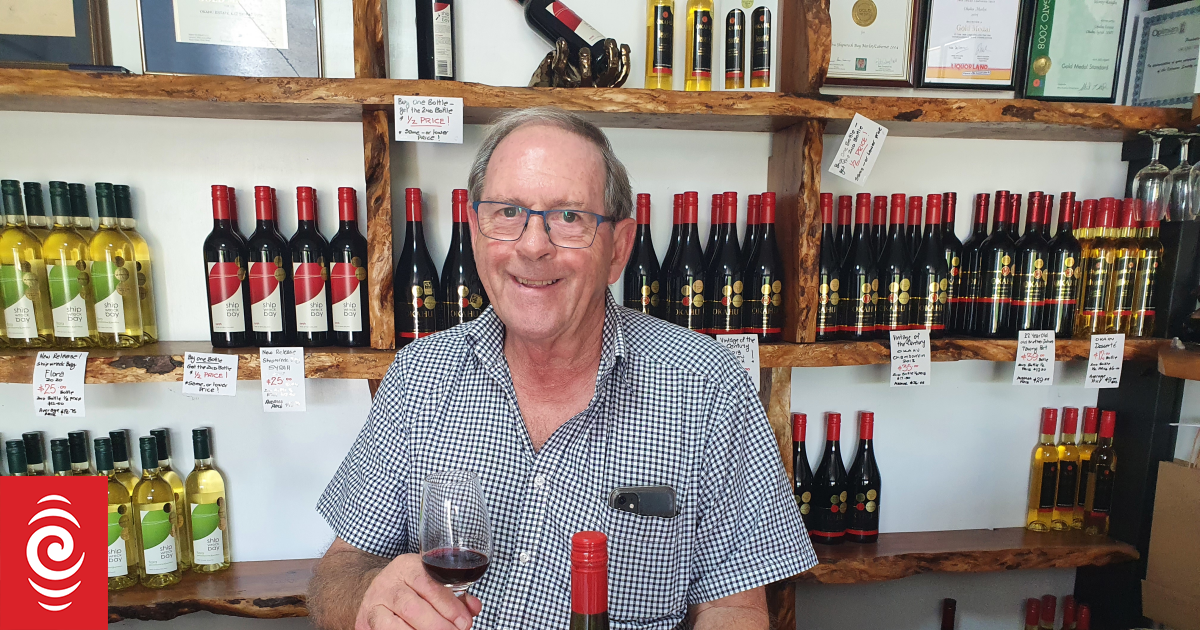Rolf Fuchs of the Northland Regional Council. Photo / Supplied
The North Island brown kiwi population in Northland is now in good health thanks to the conservation efforts of landowners and communities over many years.
The national icon is now not considered endangered, although any
lessening of efforts would quickly tip them back over the precipice of possible extinction. Other species of kiwi are still considered endangered.
And with this year’s crop of bouncing baby kiwi starting to hatch out, Northland Regional Council biosecurity officer Rolf Fuchs is urging farmers and landowners to keep up their pest control efforts and to keep dogs on leads to give the new population the best chance of survival.
Fuchs said pests such as stoats continue to be one of the biggest challenges for kiwi chicks.
“Sometimes they never get to leave the nest, if a stoat gets to them,” he said.
While possums have seasons for trapping, stoats need attention year-round.
“Interestingly, female stoats are always pregnant and can delay gestation to when they need to breed, which is why a single female reaching a pest-free island can be so devastating,” Fuchs said.
“They don’t need a male to be with them to produce offspring.”
Northland’s kiwi populations are increasing thanks to large community-led pest management efforts through the Northland Regional Council’s Community Pest Control Areas (CPCA) and High Value Area (HVA) funding.
Whangārei Heads and Tutukākā HVAs have recorded their first kiwi chicks for the season, and the first known kiwi chick hatched within the Owhiwa Landcare area near Parua Bay, east of Whangārei.
Council staff and Kiwi Coast run trapping workshops and can provide farmers/landowners with support and resources. Farmers and landowners are also welcome to apply for funding or access support from staff.
NRC staff also supported the Piroa-Brynderwyn communities with pre-feeding, filling and removal of pest baits from 646 bait stations over 349 hectares.
This will be followed up in early October with a bait station operation in an adjoining 400ha of private land.
In Western Northland, Maunganui Bluff, Te Toa Whenua, Native Forest Restoration Trust, Waipoua Forest Trust and Wekaweka CPCAs have all launched toxin operations for rats and/or possums in September. These operations have been timed to be most effective at targeting possums and rats, but also for protecting hatching kiwi and other vulnerable native birds.
Work has also started on a survey for kiwi using acoustic devices across the Piroa-Brynderwyn HVA. Early results indicate kiwi are present as far east as Bream Tail farm to just west of the Marunui Conservation Area. However, this monitoring project is in its early stages, and there is still a lot of area left to cover.
In the Far North, new relationships are being created in pest management in Te Hiku, focusing on pest eradication on the Aupouri Peninsula. Biosecurity staff are also assisting Ngāi Takoto and Te Rūnanga Nui o Te Aupōuri to implement pest management in their rohe.
The council also works closely with Kiwi Coast, and in June re-signed a successful partnership after entering a formal working agreement five years ago.
Both parties are keen to continue their successful relationship to ensure biodiversity gains made to date can be sustained and further amplified.
The Kiwi Coast Trust provides a regional platform of support and co-ordination of grassroots conservation across Northland and, as part of the partnership, the council will contribute $188,480 annually to Kiwi Coast over the next five years.
Kiwi Coast is an umbrella organisation for 207 entities. Collectively, these groups and projects manage approximately 235,000 hectares.
The number of entities collaborating in Kiwi Coast has more than quadrupled since the initiative got under way in 2012.
Kiwi Coast’s collated trap catch data shows that 591,584 animal pests have been trapped by groups and projects involved in the Kiwi Coast over the last nine years. On average, over 1900 animal pests are now trapped every week.
Fuchs said land owners wanting to help kiwi would also be helping many other endangered species, some of which were in even more dire straits.
These include endangered birds such as brown teal and bitterns, insects and lizards such as geckos, and rare plants such as native clematis, which is currently flowering in areas with low numbers of possums.
“There is a growing momentum for biosecurity, and we still want to engage with more people who are keen to help.
“In Northland, there is plenty of support available and significant funding.
“For anyone who is hesitating because they think it might be too much for them, we encourage everyone to do what they can manage. Every little bit helps,” Fuchs said.



